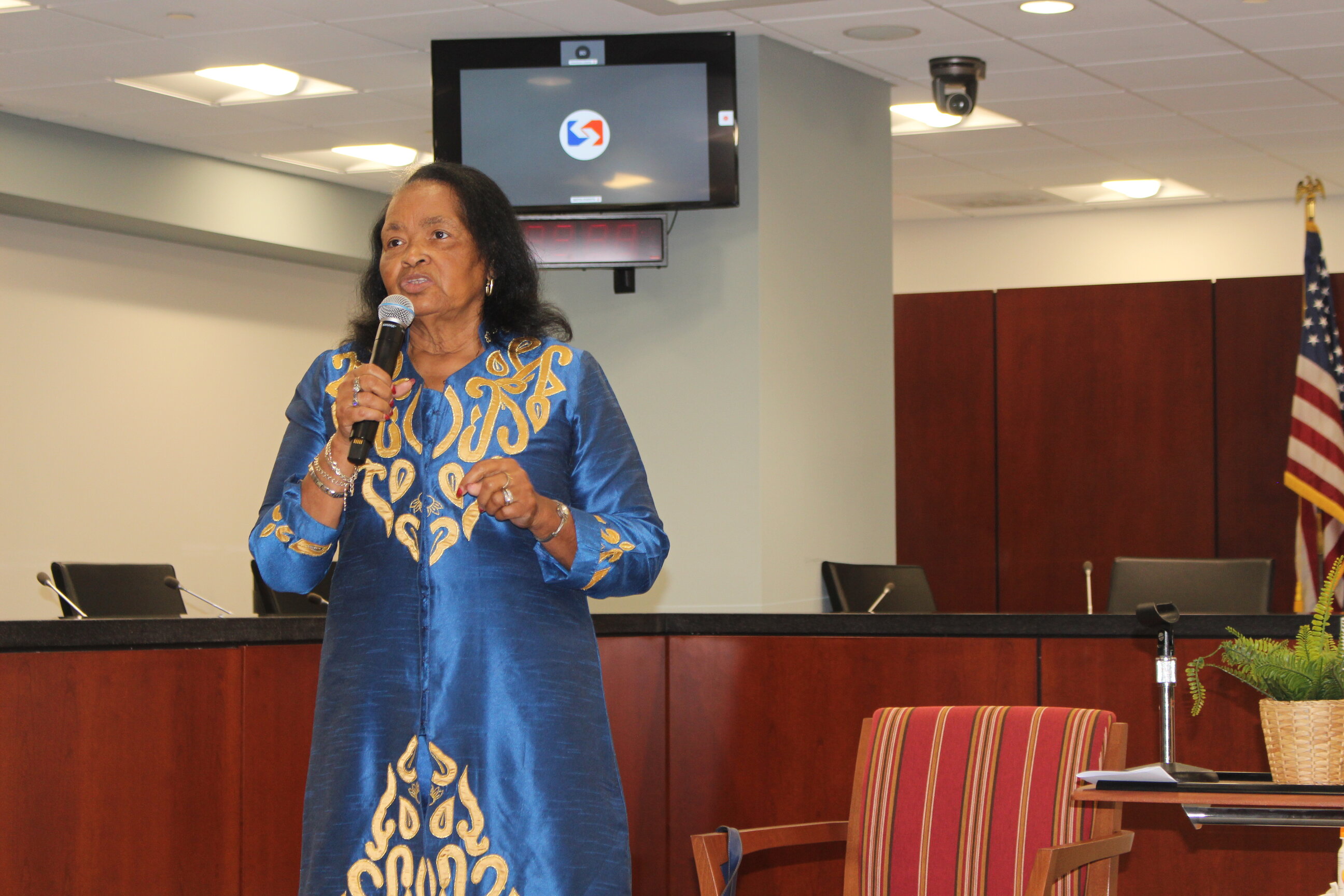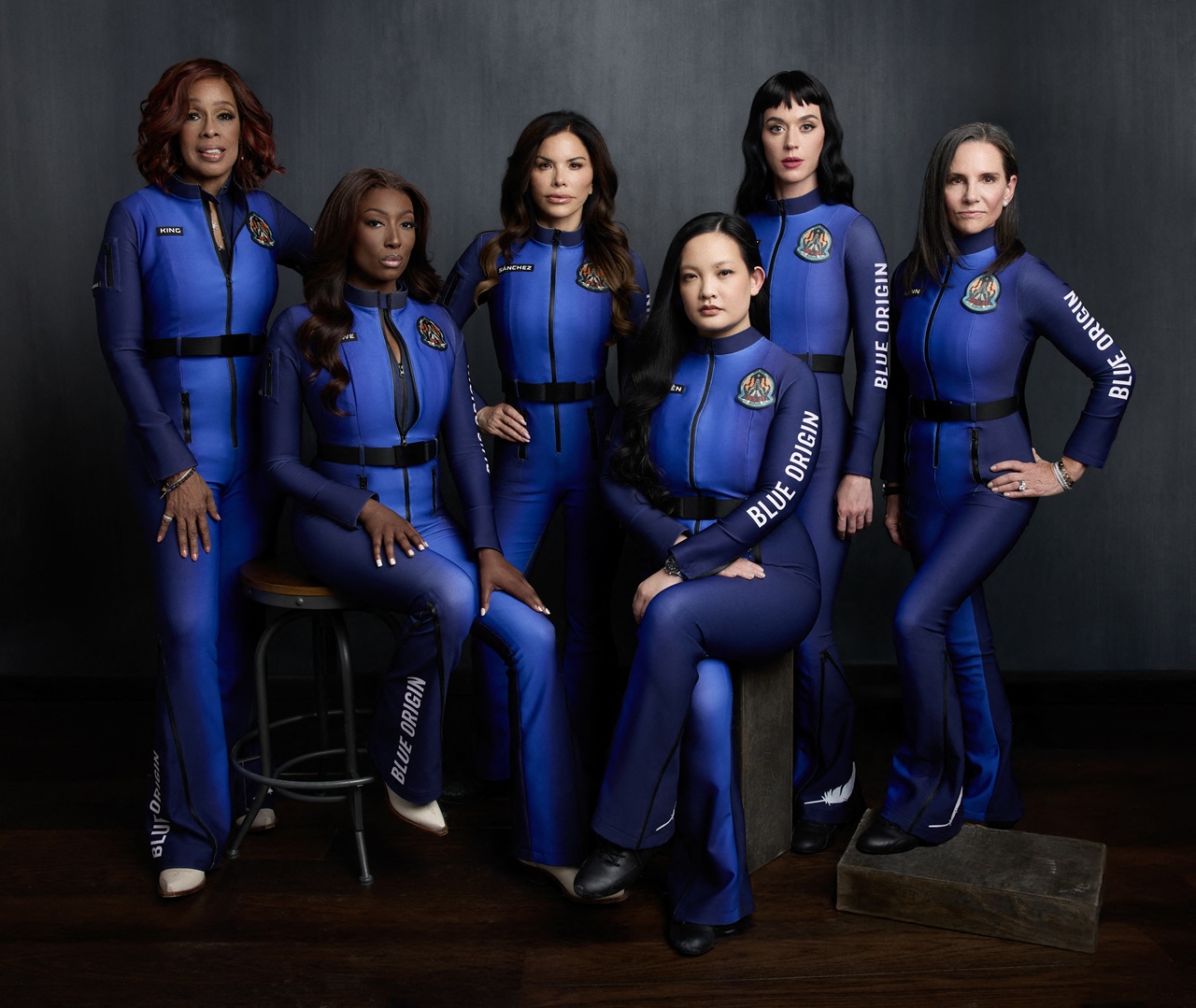
Civil rights activist Margaret Howard Taylor inaugurates SEPTA’s Living History Program as its first speaker
The long-time retired teacher discussed her decades-long fight for equality during the inaugural event on Wednesday, June 22.
During the early 1960s, Margaret Howard Taylor was a college student at Shaw University, an HBCU in Raleigh, North Carolina.
May 9, 1963 marked a day that would shape the course of her life. She was arrested and jailed for three days, along with 91 others for attempting to be seated at a restaurant in the southern state.
That was the start of her nonviolent civil rights activism, as inspired by Martin Luther King, Jr. and many of his associates at the time.
On Wednesday, June 22, SEPTA honored Howard Taylor during its inaugural Living History Program. As part of her being honored, Howard Taylor shared some insight on her decades-long endeavor for equality.
Born and raised in Wilson, North Carolina, Howard Taylor had to walk two miles to the “Black school” each day, despite living only two blocks away from the “White school.”
In high school, she had some very encouraging teachers who helped her get on the right path and ultimately go on to do what she wanted to do — become a teacher.
At Shaw University, Howard Taylor studied business education.
During her junior year of college, she and a group of her peers were given the option to participate in sit-ins. She, along with two of her three roommates, decided to participate.
“I wanted to help in any way I could to promote goodwill in the treatment of my people,” said Howard Taylor.
Furthermore, she wanted to be able to “sit down in a restaurant just like anybody else… go into the movie theaters and sit on the first floor if I chose to,” she added.
Despite receiving derogatory and racially insensitive comments and getting urine poured onto her as she and others walked in the streets, no retaliation took place.
“We continued to do what we were there for,” Howard Taylor said.
When she and a group of students tried to sit down at a restaurant for a meal, they were told they had two minutes to leave or they’d be arrested.
They chose not to leave, and moments later were marched to the jail a few blocks away.
Howard Taylor and more than 30 others were sent to a cell in the basement of the jail, locked between three cell doors. They could barely see what was going on outside, she had to sleep on the floor, they were barely given any food or water, and had difficulty bathing.
“I didn’t feel good. I don’t think any of us did,” she said. “But today, I can go back to that restaurant and have a meal.”
After three days, the State insisted that she and the rest of the individuals were released from the jail, on the basis that none of them had committed any crime.
After she was released from the jail, Howard Taylor recalled one of her neighbors who lived behind her house telling her something that still resonates and hurts her to this day.
“One of them said to me, ‘If you had stayed in your place, Margaret, you wouldn’t have gone to jail,’” she said.
From there, she started to question, “What was my place?”
While a student at Shaw, Howard Taylor decided she wanted to pursue a career in teaching.
“When I graduated in 1964, I was unable to find a job in the area,” she said. “So, I went all the way to Chillicothe, Ohio, to teach and was the only Black teacher there for three years.”
Howard Taylor drove 1,100 miles by herself for the job in Chillicothe.
RELATED CONTENT
While there, she didn’t witness the same level of discrimination in Ohio. She was able to sit and eat at restaurants as she wanted, she had a diverse classroom, and noted being treated nicely by everyone at the school.
Three years later, she returned to North Carolina in search of a teaching position there. However, she still was unable to find one.
Howard Taylor then heard about a teaching job in Deptford, New Jersey. She applied, was interviewed and ultimately earned the position in 1967.
She went on to teach at the school for 32 years. In 1998, she was named “Teacher of the Year” before retiring from being a full-time teacher the following year.
Teaching was something Howard Taylor always wanted to do. Since retiring, she has remained a mentor for so many students, and aspiring teachers.
When asked about her success as a teacher, she boils it down to the fact that she enjoyed her job.
“And I hope all those people who are teachers today are the same,” she said. “I hope they love the job because the students can see that in you, when you really care.”
When Howard Taylor thinks about the journey she’d had and the experiences she’d endured, it often brings tears to her eyes.
“When I go back and realize what actually took place, I say… ‘did that really happen?’” she said. “‘Can people really be that mean? Can they be that judgmental when you know within yourself that you haven’t done anything to deserve that?’”
It was her faith in God that helped Howard Taylor get through those difficult, traumatic experiences.
“If you believe as I do that things happen for a reason and you have faith, you use that faith and everything will turn out all right,” she said.
SEPTA’s new Living History Program was launched on the basis that the Civil Rights movement was such a pivotal era in U.S. history. While Rosa Parks and Martin Luther King, Jr., along with a long list of other individuals, were crucial in the fight, there are others who are still living today who can provide firsthand accounts of what happened during that time.
“We wanted to find somebody who was living that experienced something,” said Maxine Dobbins, manager of administration at SEPTA, about how the event came to fruition.
Leslie Richards, SEPTA President and CEO, said that Howard Taylor’s story is “very encouraging and inspiring for all of us,” and “proof that one person can make a difference.”
“We think it’s always important to acknowledge history in the making… Even though I’ve read it in history books and seen it in movies, there’s nothing like hearing from someone who has that lived experience,” Richards added.











LEAVE A COMMENT: